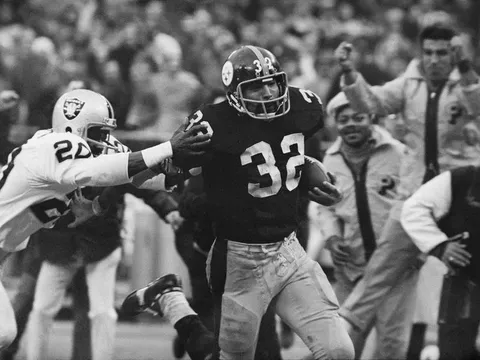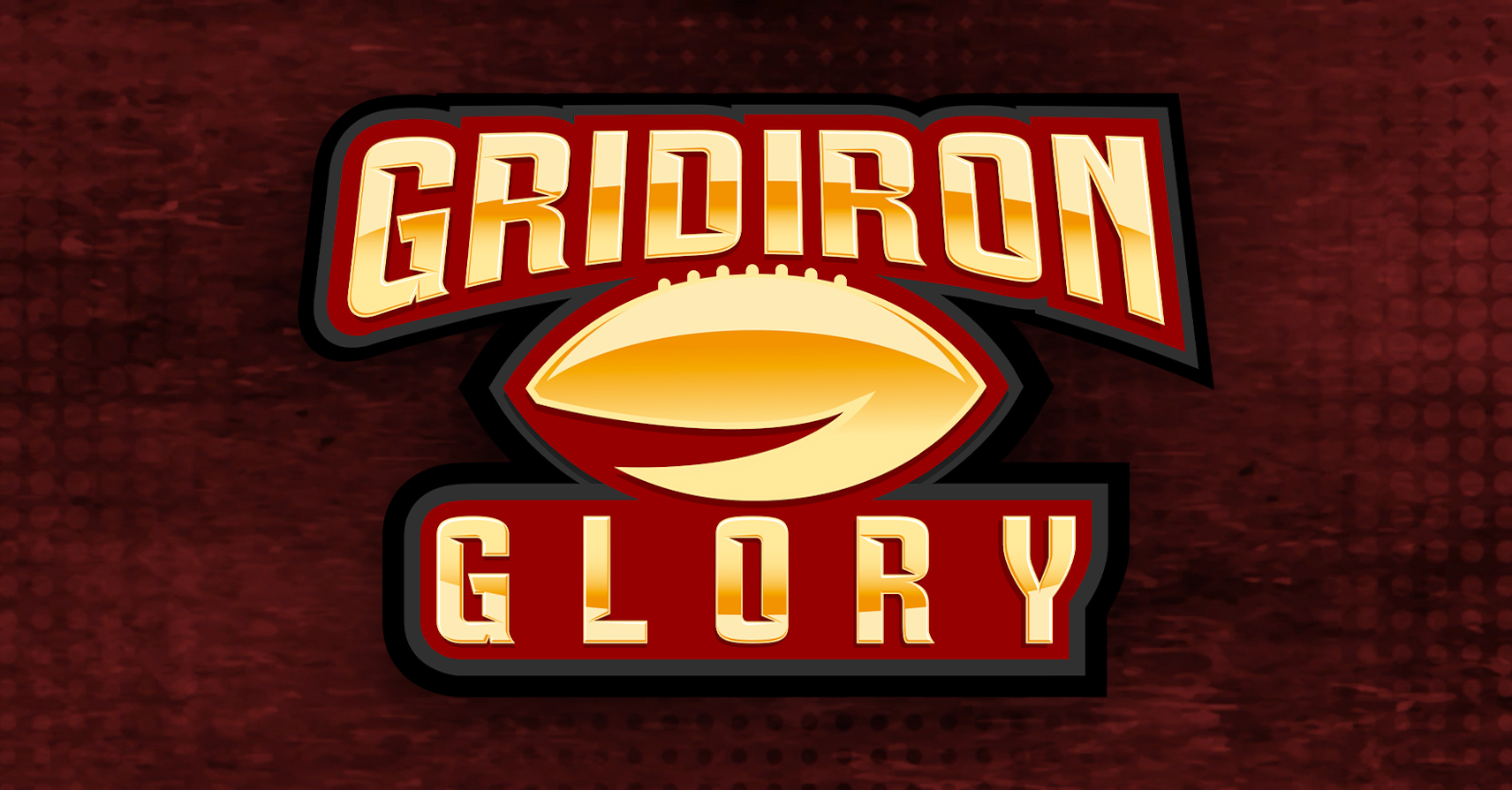Football, a sport deeply woven into the fabric of American culture, has witnessed countless moments that have defined its history. The excitement of a game lies not just in winning or losing but in the incredible plays that unfold on the gridiron. These legendary plays are the stuff of lore, etched into the memories of fans and players alike. From last-second field goals to heart-stopping Hail Mary passes, these defining moments showcase athletic prowess, strategic brilliance, and sheer willpower. In this article, we delve into Gridiron Glory by unearthing some of football’s most iconic plays, exploring their significance, and reflecting on the emotions they elicit.
The Miracle at the Meadowlands: A Lesson in Awareness
The infamous “Miracle at the Meadowlands” occurred during a regular-season game between the New York Giants and the Philadelphia Eagles in 1978. This play is often remembered as one of the most colossal blunders in NFL history but also stands as a testament to the importance of awareness and hustle in football.
The Setup
The game was nearing its end, with the Giants holding a comfortable lead. However, as the clock ticked down, panic began to set in for the Giants. With only seconds remaining and the game seemingly won, they made a fateful decision. Rather than simply kneeling the ball to run out the clock, quarterback Joe Pisarcik attempted a handoff to running back Larry Csonka.
The Fumble
What happened next became part of football folklore. The handoff was botched, resulting in the ball bouncing into the hands of Eagles cornerback Herman Edwards. In a moment of pure instinct and opportunism, Edwards picked up the loose ball and dashed into the end zone, securing an unbelievable victory for Philadelphia.
Analysis of the Moment
This play serves as a reminder of the unpredictability of football. Even in the most secure situations, where victory seems assured, it only takes a second for everything to change. Awareness of the situation, the elements, and the opponent can drastically alter the outcome of a game. It highlights a crucial lesson for players: Don’t take your foot off the pedal until the final whistle blows.
The Immaculate Reception: A Divine Intervention

One of the most debated and celebrated plays in NFL history is Franco Harris’s “Immaculate Reception.” This legendary moment took place during a playoff game between the Pittsburgh Steelers and the Oakland Raiders in 1972 and remains synonymous with the spirit of resilience and fortune in football.
The Play Itself
With just seconds left in the game, the Steelers were trailing the Raiders, and things looked bleak. Quarterback Terry Bradshaw dropped back to pass, but as he released the ball, it collided with a defender. Instead of simply falling incomplete, the ball ricocheted off defensive back Jack Tatum, bouncing toward Harris, who was in the right place at the right time.
Harris caught the ball just inches above the turf and sprinted into the end zone, sending Pittsburgh into a frenzy.
The Aftermath
The “Immaculate Reception” not only propelled the Steelers to a stunning victory but also marked the beginning of their dynasty in the 1970s. The play became an enduring symbol of hope and determination, embodying the philosophy that anything is possible in sports.
Cultural Impact
This particular moment transcended the game itself, uniting Pittsburgh’s diverse fan base and providing them with a shared memory that would last a lifetime. It illustrated how sports could evoke deep emotional responses, binding communities together through triumph and despair.
The Catch: A Moment for the Ages

In the realm of iconic football moments, few rival “The Catch,” which took place during the 1981 NFC Championship Game between the San Francisco 49ers and the Dallas Cowboys. This legendary play is not just significant for its execution but also for the narratives of redemption and timing that pervade it.
The Build-Up
The game was tense, with both teams going back and forth, showcasing the immense talent on the field. With mere seconds left, the 49ers found themselves down by six points, facing almost insurmountable odds.
Quarterback Joe Montana, known for his calm under pressure, orchestrated a drive that brought the team within striking distance of the end zone. He dropped back to throw, scanning the field for an opening amidst heavy coverage.
The Perfect Throw
Montana spotted wide receiver Dwight Clark streaking towards the back of the end zone. In what many call one of the greatest throws in history, Montana lofted the ball toward Clark, who had to leap high to make the catch.
The ball nestled perfectly into his hands as he tumbled backwards, completing the touchdown and propelling the 49ers to a remarkable comeback victory.
Legacy of the Play
“The Catch” solidified Joe Montana’s legacy as one of the game’s greats, showcasing his ability to perform under pressure. The moment also established the 49ers as a powerhouse in the following decades. More importantly, it initiated a new era of excellence in San Francisco, forever etching the names of Montana and Clark into the annals of football history.
The Beast Quake: Power and Determination
In 2011, the Seattle Seahawks delivered one of the most unforgettable moments in recent NFL history during a playoff game against the New Orleans Saints. This electrifying play, dubbed “The Beast Quake,” showcased the raw power and determination of running back Marshawn Lynch.
The Context
Entering the game as heavy underdogs, the Seahawks found themselves in a precarious position. With less than a minute left on the clock, they needed a touchdown to win.
As Lynch received the handoff, he bulldozed through defenders, leaving chaos in his wake. What followed was nothing short of mesmerizing—a powerful display of will that galvanized a stadium filled with hopeful fans.
The Run
Lynch broke tackle after tackle, refusing to go down. Each step was filled with intensity, as he churned forward, showcasing his balance and strength. The run culminated in an explosive dive into the end zone, igniting the crowd and sealing the victory for the Seahawks.
Emotional Resonance
The significance of “The Beast Quake” extends beyond the physical act of scoring. It symbolizes perseverance against the odds and the sheer joy of fandom. For Seahawks supporters, this run represents the relentless spirit of their team and speaks volumes about Lynch’s character.
Fans still recount the energy that surged through the stadium that day—an embodiment of unity and shared passion, making it a moment that resonates deeply within Seattle’s community and across the league.
FAQs
What makes a play legendary in football?
A legendary play typically combines dramatic stakes, exceptional skill, and emotional resonance. These moments often change the course of games or seasons and leave lasting impacts on fans and players alike.
Why do certain plays become more memorable than others?
Memorable plays often hold cultural significance, arise from intense rivalry, or involve iconic personalities. Their context, emotional weight, and the stories associated with them lead to a greater impact on fans.
How has the evolution of technology affected legendary plays in football?
With advancements in instant replay, slow-motion analysis, and social media, fans can relive these moments in unprecedented detail. Technology enhances our understanding of the mechanics behind legendary plays while amplifying their visibility.
Are there any common themes among legendary football plays?
Many legendary plays share themes of resilience, timing, and teamwork. They often occur during critical moments and highlight the intense emotional highs and lows experienced throughout a game.
How do legendary plays shape the identity of teams and players?
Legendary plays contribute to a team’s narrative, fostering pride and inspiring future generations. Players associated with such moments often see their legacies cemented, transforming them into icons of the sport.
Conclusion
In delving into the world of Gridiron Glory, we discover not only the extraordinary athletic accomplishments captured in iconic plays but also the profound emotional connections they forge among players and fans. Each legendary moment encapsulates the essence of football—its unpredictability, drama, and capacity for evoking passion. From the Miracle at the Meadowlands to Marshawn Lynch’s Beast Quake, these plays remind us why we cherish the game and its moments of brilliance. As long as there is football, there will be legendary plays, waiting to be forged into history.





